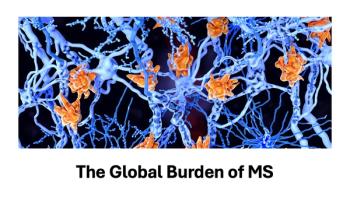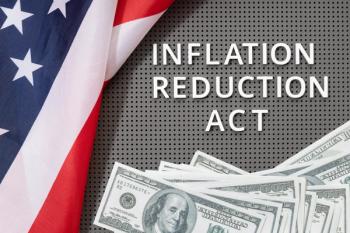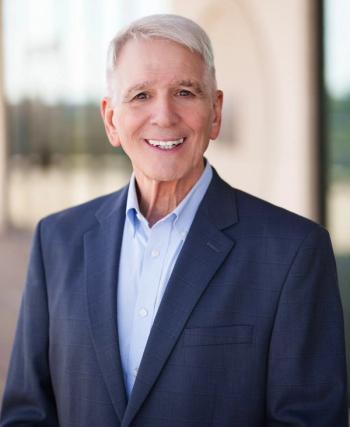
Uninsured trends reverse in young adults
PPACA will address many of the out-of-pocket costs for various age groups.
The reform provision that extends insurance eligibility to young adults has had a positive effect on coverage. Young adults ages 19 to 25 who were uninsured for any time during the prior year fell to 11.7 million in 2012, down from 13.6 million in 2010, according to a benchmark study by the Commonwealth Fund.
Study authors note that the trend prior to the Patient Protection and Affordable Care Act (PPACA) showed increases in uninsured young adults, so the new findings indicate a reversal of the trend. However, other age groups saw a decline in insurance coverage.
“Overall, the survey shows the bad news: millions face a lack of access and are hampered by medical debt and medical bills,” says David Blumenthal, MD, president of the Commonwealth Fund, who spoke at a press conference announcing the study.
Among adults ages 19 to 64, 84 million or 46% were underinsured, with low- and moderate-income adults being most at risk. Underinsurance causes financial burdens, and authors say coverage alone does not make care affordable.
- 30% had problems paying medical bills;
- 18% had been contacted by a collection agency;
- 16% had to change their way of life to pay bills; and
- 26% arranged to pay off medical bills over time.
“Overall, 41% of adults or an estimated 75 million people reported any one of these problems,” says Sara Collins, report author and vice president for affordable health insurance for the Commonwealth Fund.
Four million adults had to declare bankruptcy because of medical bills, and 37% of those reporting any difficulty paying medical bills said they used up all their savings.
Out-of-pocket spending is increasing. Since 2003, the proportion of adults with high deductibles has more than tripled. Deductibles of $1,000 are more common, with 25% of adults now in such benefit designs, up from 7% in 2003. Premiums can also be quite high, as a percentage of income. In 2012, 15% of privately insured adults reported spending 10% or more of their income on premiums.
“This confirms what everyone knows: There’s more out-of-pocket exposure,” Collins says.
Authors say PPACA will help millions of people gain coverage and protection from high out-of-pocket costs and address many of the issues noted in the survey. For example, of the estimated 30 million people in the survey who had coverage but were underinsured, about 85% could be eligible for Medicaid or subsidized health plans with reduced out-of-pocket spending.
“So it will be dramatically changed environment for people who are uninsured or underinsured going into next year,” Collins says.
What it Means to be Underinsured
- Had health insurance all year
- Spent 10% or more of their income on out-of-pocket costs, excluding premiums
- Spent 5% or more of their income on out-of-pocket costs, if income was under 200% of federal poverty level
- Had deductibles that amounted to 5% or more of their income
Newsletter
Get the latest industry news, event updates, and more from Managed healthcare Executive.






















































